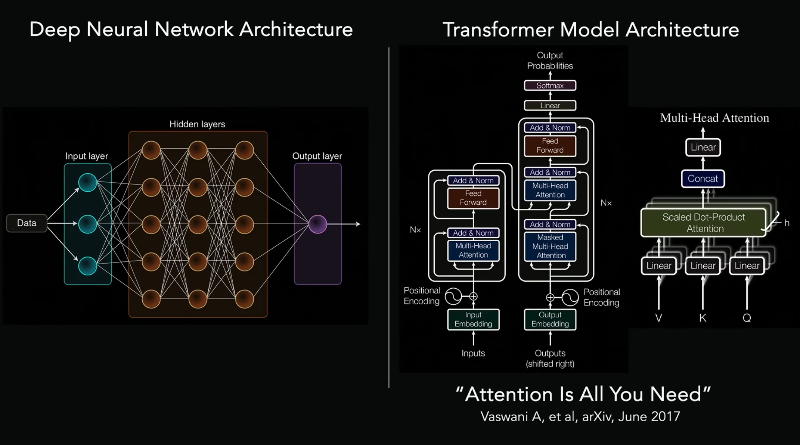Credit: Pixabay/CC0 Public Domain
Teeth may seem like static fixtures, but a new collaboration between engineers and clinicians is proving just how dynamic, informative and medically significant our teeth can be.
In a study, published in ACS Applied Materials & Interfaces, engineers and dentists come together to uncover how teeth, as biological material, hold key information for understanding rare craniofacial disorders that develop during childhood.
Kyle Vining, Assistant Professor in Materials Science and Engineering (MSE) and in Preventive and Restorative Science at Penn Dental Medicine, leads this interdisciplinary team, which includes Yuchen (Tracy) Jiang, a former master's student in MSE, Kei Katsura, a pediatric dentist and KL2 postdoctoral research scholar at Children's Hospital of Philadelphia (CHOP) and the Institute of Translational Medicine and Therapeutics at Penn, and Elizabeth Bhoj, Assistant Professor of Pediatrics in Penn Medicine and the Division of Human Genetics at CHOP.
Through their new methodology and by leveraging unique characteristics of rodent teeth, the team was able to combine materials science, mineralogy and human genetics to map out the properties of enamel and dentin development. Their methods have the potential to provide new insights into identifying and treating both rare craniofacial diseases in children and more common dental cavities.
"People often assume that if you understand bone, you understand teeth, " says Vining. "But that's not necessarily the case. Teeth have a different composition, require different analytical tools and behave differently during development. What's exciting is that by using mouse incisors to study enamel formation over time, we do not need to extract baby or adult teeth to understand those characteristics."
Teeth, rocks and cross-disciplinary tools
The project is centered on a deceptively simple question: How do teeth mineralize? Surprisingly, scientists don't have a full picture of how this essential process unfolds.
"This is an exciting step in determining how teeth develop and harden, " says Katsura.
"Tooth mineralization is such an intricate process with many hidden secrets we get to uncover. Although we still don't fully understand how teeth mineralize, our long-term hope is to apply this knowledge to the clinic, helping people who are more susceptible to dental cavities, specifically those with rare genetic syndromes."
To answer this question, researchers borrowed a surprising tool from geology: the nanoindenter, a device traditionally used to test the hardness of rocks. Now, instead of probing granite or sandstone, the team used it to analyze tiny sections of tooth enamel, but it wasn't a straightforward task.
"Sample preparation was one of the most challenging parts, " says Jiang, the lead author on the paper. "Tooth is such a hard and heterogeneous material. It's layered, shifting and biological. Embedding it properly for testing took a lot of troubleshooting."
But once they got it right, the insights flowed. Using nanoindentation, scanning electron microscopy, energy dispersive spectroscopy (EDS) and even Raman spectroscopy, the team measured everything from tooth enamel's elasticity and stiffness to mineral contents.
Their samples, postnatal day 12 mouse teeth, were carefully chosen to be old enough for the enamel to have formed, but not so old that the bones became too hard to section.
What can teeth tell us about disease?
While Jiang and Vining analyzed the physical properties of teeth, Katsura brought in the biological side: mouse models of Mendelian genetic disorders, many of which mimic the human versions of craniofacial syndromes. Bhoj provided further expertise on these rare diseases, helping guide the project toward real-world clinical applications.
"These disorders are hard to treat in part because little attention is paid to the oral cavity, so we don't always know how dental and oral conditions relate to the systemic issues these children face, " says Katsura. "But we're showing that materials science can help us find part of the answer."
One major challenge? Teeth start developing in utero, making early study difficult. But by examining how structure changes during development, and linking it with function, researchers hope to eventually backtrack from a fully developed tooth to better understand what went wrong along the way.
"We're excited to be able to integrate tools of materials science to learn about the properties of tooth development, " says Vining. "Our work lays the foundation for further studies that could lead to diagnostic tools or even new materials for fillings that prevent decay."
Taking new research and mindsets forward
This work is already informing the team's future work on genetic craniofacial diseases in mice. Long term, the researchers envision their tools being used in dental clinics to screen for enamel defects, assess treatment outcomes or even predict disease risk.
And the project isn't just breaking scientific ground, it's also reshaping how researchers think about collaboration. Jiang, who trained as a materials scientist, reflects on her experience working outside her comfort zone.
"You don't need to have everything figured out before working on a project. I've learned that growth happens along the way and that learning from collaborators is one of the most valuable parts of scientific research, " she says.
"The most exciting discoveries come from different people bringing different strengths."
More information: Yuchen Jiang et al, Multimodal Characterization of Rodent Dental Development, ACS Applied Materials & Interfaces (2025). DOI: 10.1021/acsami.5c08408 Journal information: ACS Applied Materials and Interfaces





Post comments